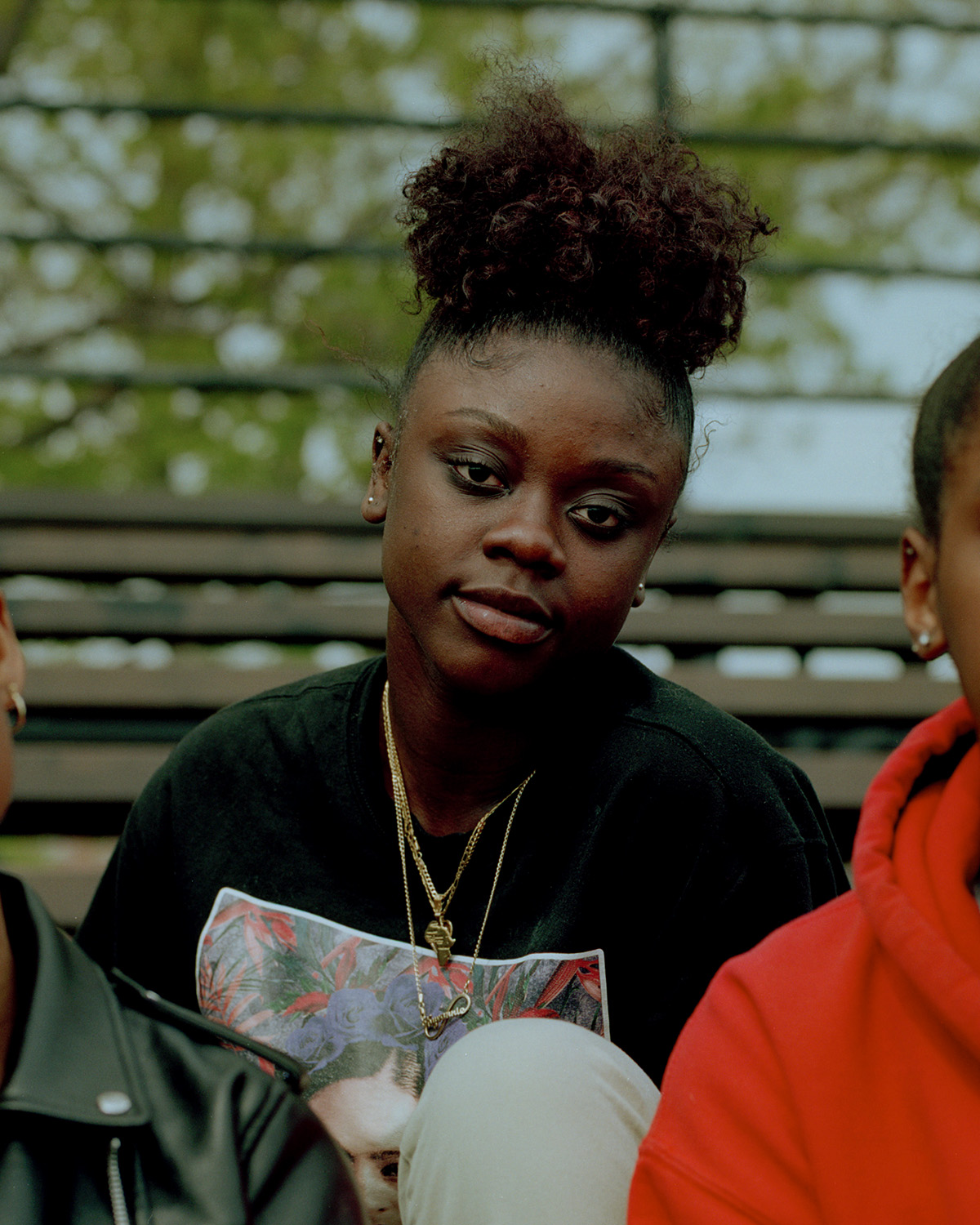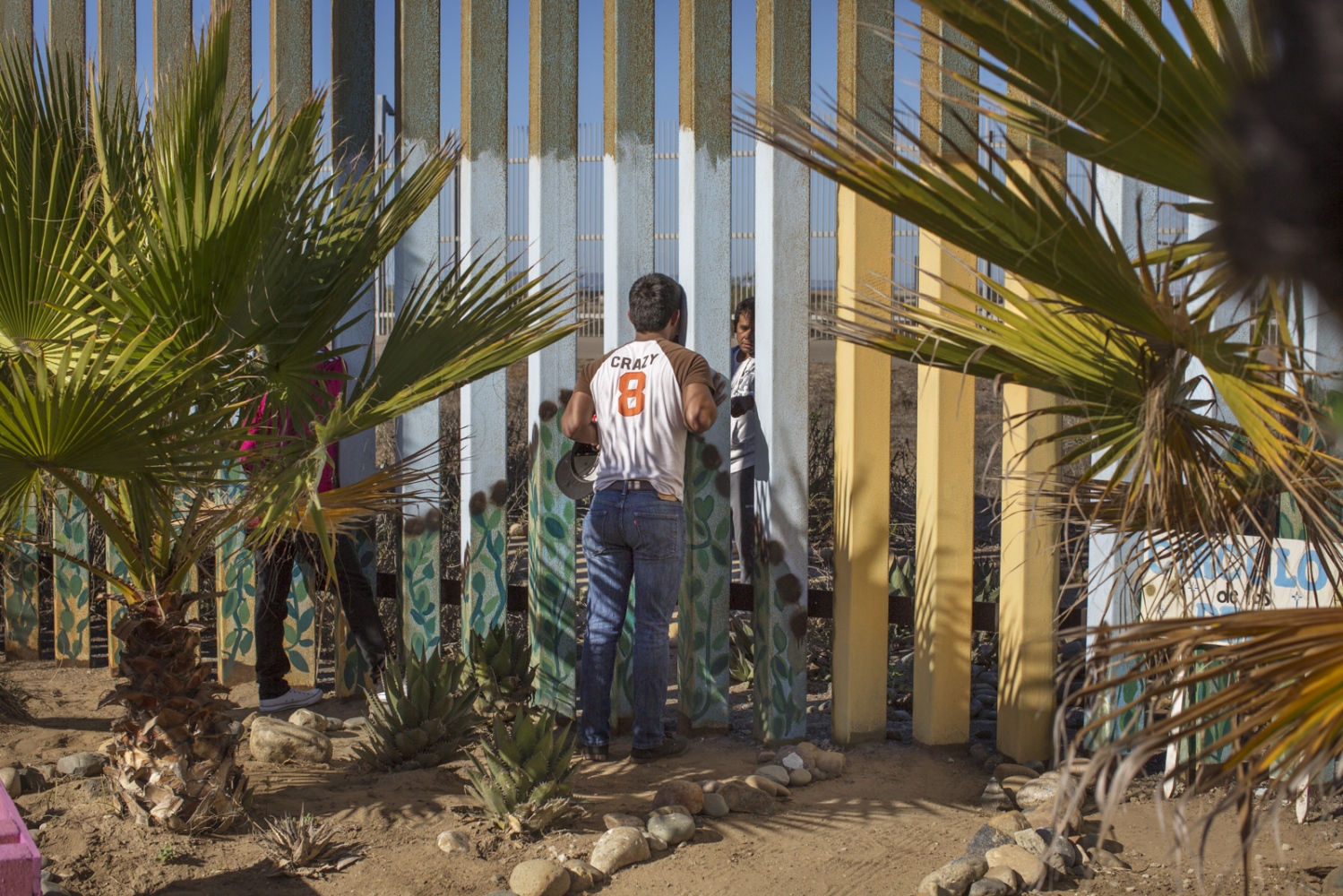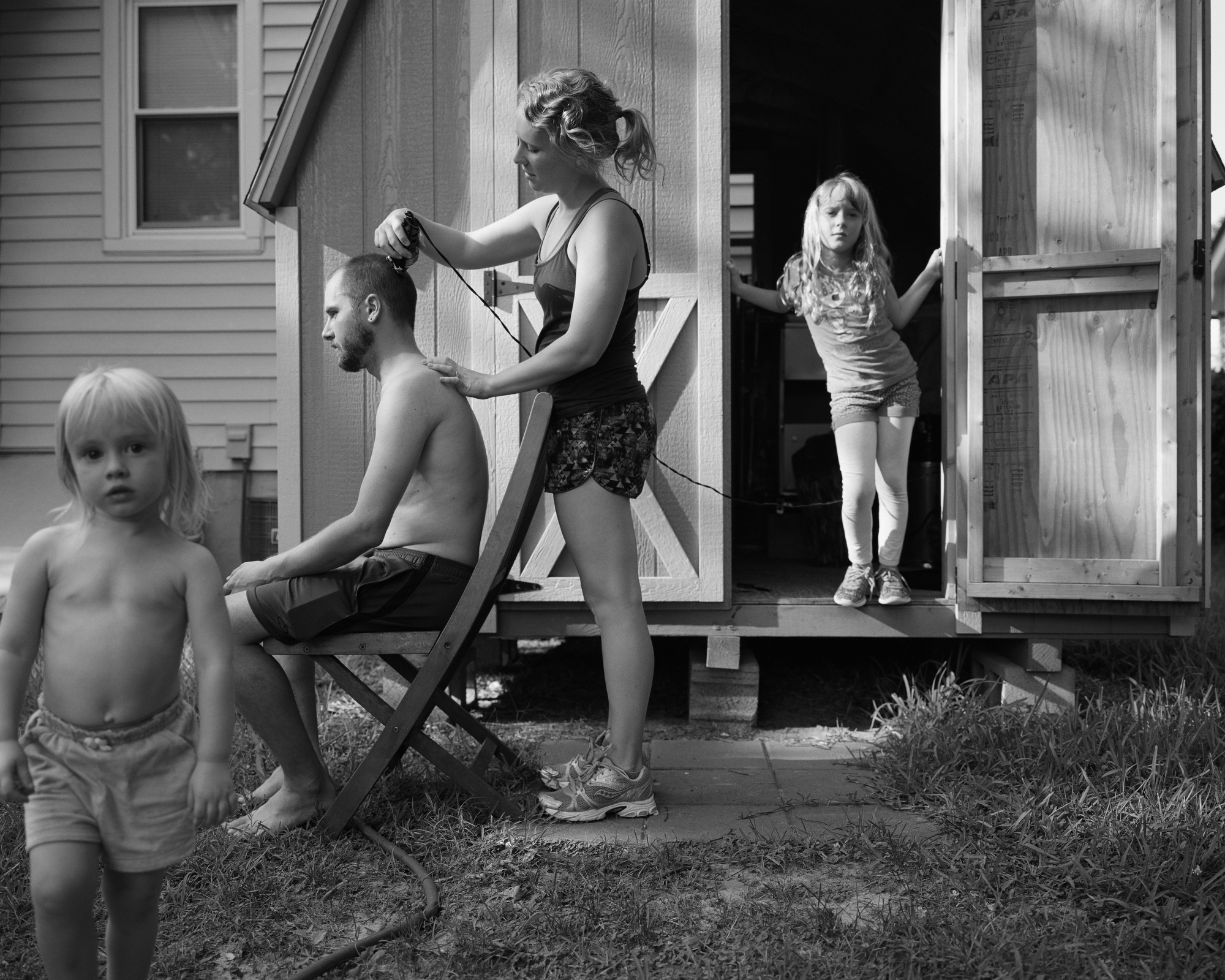The UK has now been on lockdown since March and it’s starting to look more apparent that we’ll be in this situation for a little while longer. After launching a Covid-19 Archive in March, which would see hundreds of photographers submitting photographs from all over the world, East London based photographer Tommy Sussex was one of the first people to submit photos and has consistently been photographing the streets of London ever since. We caught up with him to talk about what it’s been like to look at all of this through a camera lens in the UK’s capital city.
JT: From you submitting images to us right at the start of all this kicking off, I noticed that you were one of the first people that I witnessed documenting the streets in the UK. What was your motivation behind this?
TS: I was compelled to document this period in London’s history for my own photographic archive and to develop a greater personal understanding of the historical situation developing around me. Photographers were classified as key workers and I believed my imagery could develop a greater collective understanding of the COVID19 pandemic as the impact on London unfolded. Towards the end of March the COVID19 data available online was terrifying and confusing. I needed to photograph and share what I was witnessing in the hope of contributing to a larger discussion that aided our perception of the COVID19 virus, aftermath, and the constantly changing effects within my community and to wider society. It felt logical to pick up my camera and document the fast-moving health crisis that was outside my front door.
The images produced between 23rd March to the 13th May (fully enforced lockdown period) offers insight on a micro-scale to our collective behavioral response during a period where global society was (and still is) changing and adapting as the result of the most devastating social, political and economic catastrophes in modern history.
I intend to develop this series as an ongoing work that records London’s response to a constantly changing global health concern.

JT: Have you noticed a change within the general public and what you’ve come across from when lockdown began to where we are now?
TS: During the first few weeks as our collective understanding of the pandemic grew I noticed that Londoners were looking at each other more. People weren’t lost in their phones like before the COVID19 health concerns had escalated and began to shut down the world as we knew it.
There was suddenly eye contact between Londoners, which was strange. People were scoping each other out. This may have been a way to ascertain if others were ill or to gauge your body language and your level of anxiety. People were tense and had become aware of those around them, they were acting sketchy. At this period there was good reasoning behind this behavior.
Between week three and five of the government enforced lockdown restrictions there was an increase in members of public venturing outside. It was ghostly at times in certain areas, but if you visited certain parts of East London you wouldn’t have known there was a Pandemic. The growth of public activity was localised, communities trying to exercise, buy essentials, and steal social moments with respect for our collective health and potential transmission of the virus. I was and still am overwhelmed and impressed by our collective lockdown/stay at home compliance and overall effective response to the virus. Our community has acted in respect of social distancing concerns and businesses have maintained services for our community. I believe we have grown closer and stronger as a result of the Pandemic.
If you travel to central London and use the underground it really drives home how little activity there is in the capital city since the lockdown restrictions were implemented. I think the last two months have been disorientating for all of us and I hope the collective respect for each other and a developing and accurate understanding of the virus will continue as we navigate into the easing of the lockdown and transition into ‘business as usual’ London.
JT: What’s the most interesting thing you’ve come across?
TS: I’ve photographed instagram influencers creating content in strange places, burnt 5g masts, local businesses adapting their business models in amazingly inventive ways to continue trading. Let’s not forget the toilet roll hysteria. The wave of appreciation to NHS frontline staff throughout London has been moving and the clap for carers initiative has lifted our collective spirit. I’m truly grateful that this virus hasn’t had the predicted impact on our lives and of those around us. I feel the most interesting aspect has been our response to the pandemic, our collective resilience and capacity to recover quickly from the psychological, political, economic and mortal onslaught we’ve been surviving.
I will be continuing to develop this series as the lockdown restrictions ease and I plan to make a publication of images shot during the full lockdown period. A wider edit from this series will be available on my website that is currently under construction.


JT: How well remembered do you think this will be to look back on in say 10 years time and do you think photographs documenting this time will be considered an important piece of history?
TS: Yes, this period has seen the biggest changes to our lives and global society in living memory.
This has been a truly mind-expanding time. Tribalism and political differences aside, we’re a single species and this virus has affected us all. There has been time to consider our insistent international pursuit of growth and its effects on the natural world. We’ve re-established the importance and value of certain vital workforces such as NHS staff, delivery drivers, and shelf stackers amongst others, and their vital role in our system. If you didn’t know which regional politicians were making life-changing decisions on your behalf, you do now. There is a great value and potential to this heightened political awareness. Hopefully we can move forward with a greater interest in these decision making processes, who is behind them, and what are their deeper long term objectives. This experience has revealed to us all that our complex Bureaucratic government has a previously unseen level of control over our lives, health care system, the ability to shut down businesses, stop travel on a global level and drastically affect our freedom. Our lives and the system that governs our society has changed as a result of this pandemic and once we have controlled the virus, we will need to move forward in a constructive way that address’s previous areas of serious concern.
JT: Personally I can’t see any of this just being lifted suddenly which makes me think it’ll be done in a number of stages, like we’ve witnessed already. When do you think the time will come when the series will come to an end?
TS: Between 23rd March and 13th May we were living under the full enforcement of lockdown measures in London. These dates are significant to me and will shape the editing of a chapter.
So much has changed since these dates and the global situation is shifting hourly. Photography has been important to our shared understanding of this health crisis and will continue to as we move forward. I feel there are many people suffering in silence as a result of the pandemic and we still don’t understand the full long term effects we are facing. Covid19 has affected everyone’s lives to some degree and it will continue to be a part of our future. I agree, things have changed drastically since I first started photographing this work and we’ll be adapting to what has happened for a while. We’ve begun to see the start of anti lockdown protests around Europe and our knowledge base, opinions, and reactions are continually developing. I will continue to develop imagery in response to what’s happening for the foreseeable future.









